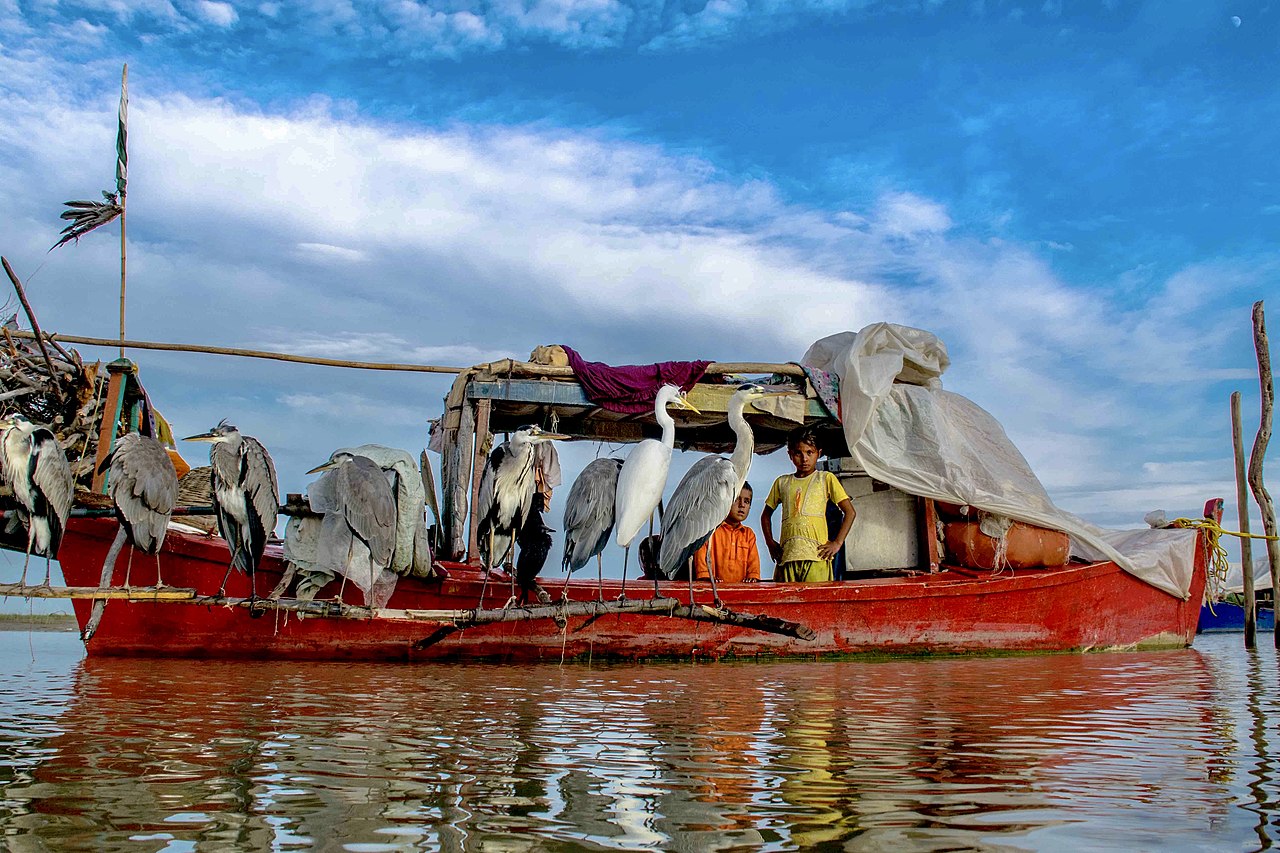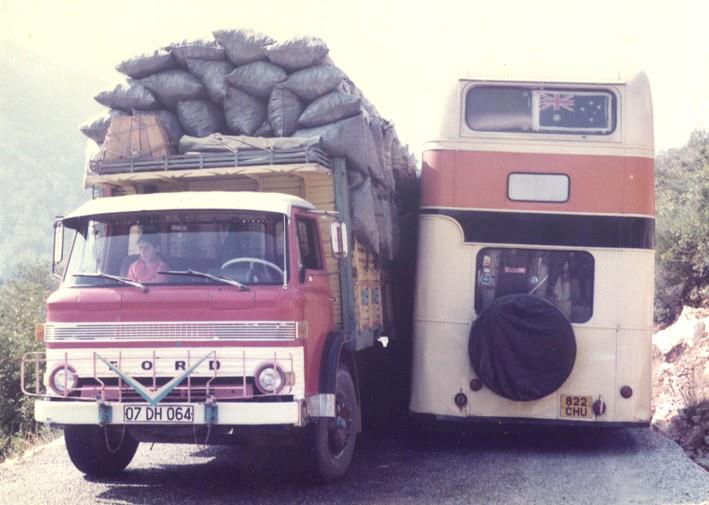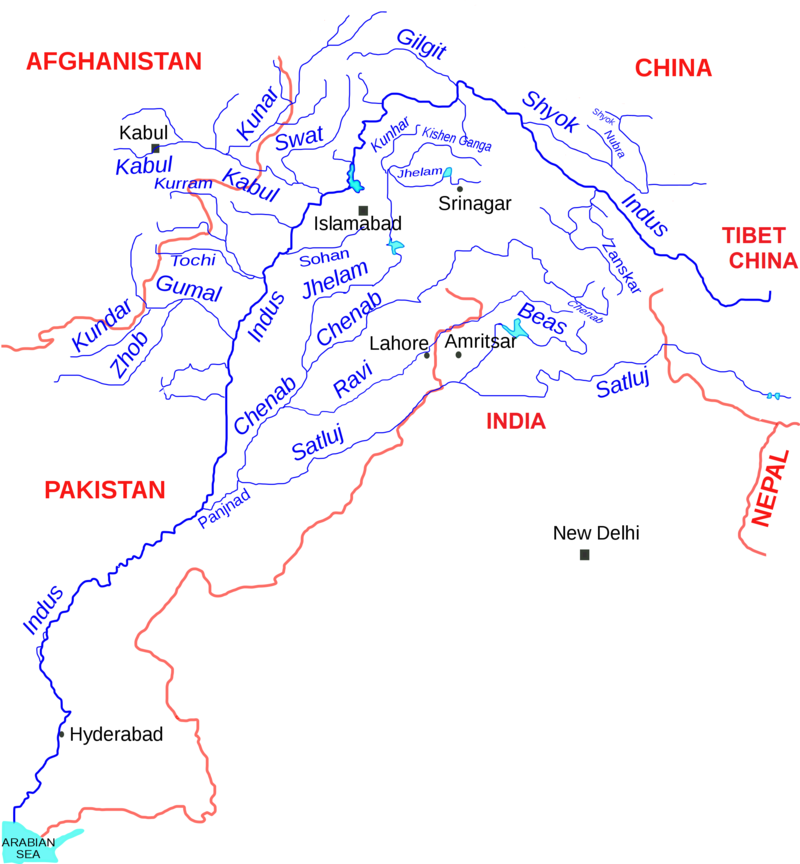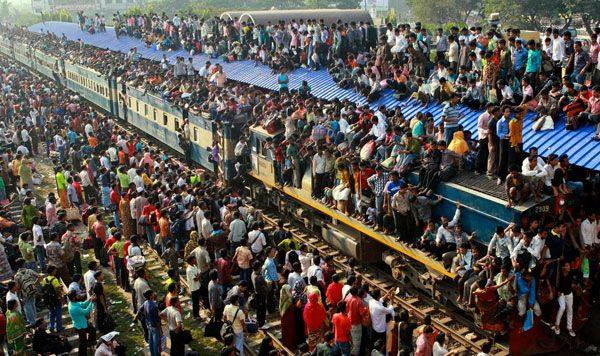
AsianOverland.net
Tour Guide - Itinerary
Asian Overland Sydney to London
Started 22/06/2022 Finished 21/06/2023365 Days ITINERARY
Day 122 date 21/10/2022LAHORE to SUKKUR, PAKISTAN
ASIANOVERLAND.NET SYDNEY TO LONDON DAY 122/314/34: SUKKUR, PAKISTAN
August, 1980 and 21 October, 1980
On the eastbound overland, the road from Quetta to Lahore was tarred, so it was the best we had driven on in Pakistan. On the westbound overland, the overnight train from Lahore took us south through Pakistan to Sukkur, along the banks of the Indus River, following a similar route to the one taken by Alexander the Great in 325 BCE after his army mutinied and would not travel further east into India.
Alexander, using the incorrect maps of the Greeks, thought that he was close to where the world ended, at the edge of India. He tried to persuade his army to march further into India, but his men "longed to again see their parents, their wives and children, their homeland". Alexander, seeing the unwillingness of his men, agreed and turned south along the Indus River, instead of further east.
This river was known to the ancient Indians in Sanskrit as Sindhu and the Persians as Hindu, and was regarded by both Persians and ancient Indians as "the border river". The variation between the two names is explained by the Old Iranian sound change *s > h, which occurred between 850–600 BCE. From the Persian Achaemenid Empire, the name passed to the Greeks as Indós and to the Romans as Indus.
The word "India" is derived from the Indus River, where the ancient Indus Valley civilisations flourished on both sides of the river from 8,000 BCE.
The first West Eurasian empire to annex the Indus Valley was the Persian Empire, during the reign of Darius the Great, around 515 BCE. In 516 BCE, Darius marched into Afghanistan and then into Punjab. Darius spent the winter of 516–515 BCE preparing to conquer the Indus Valley. Darius conquered the lands surrounding the Indus River in 515 BCE. Darius controlled the Indus Valley from the Himalayas in the north to modern Karachi in the south.
After the Persian annexation of the western Indus Valley, from 515 BCE to 330 BCE, "India" referred to those regions immediately along the east bank of the Indus, giving Alexander the mistaken impression that he was close to the end of the world when he crossed the Indus River.
Along the way south, Alexander’s army conquered the Malli clans (in modern-day Multan). During a siege, Alexander jumped into the fortified city with only two of his bodyguards and was wounded seriously by a Mallian arrow. His forces, believing their king dead, took the citadel and unleashed a massacre, sparing no man, woman or child. However, due to the efforts of his surgeon, Alexander survived the injury. Following this, the surviving Malli surrendered to Alexander's forces, and his beleaguered army continued south along the Indus river.
Alexander led his army back to Persia by the southern route through the Gedrosian Desert (now part of southern Iran) and Makran (now part of Balochistan, Pakistan). In crossing the desert, Alexander's army took enormous casualties from hunger and thirst, but fought no human enemy.
Following Alexander’s Indian campaign, by 300 BC, Greek writers used ”India” to describe the entire subcontinent that extends much farther eastward, into present day India. One of Alexander's generals, Ptolomy, became Pharoah of Egypt, and his maps of his travels with Alexander ("Geographia") became the western world's main maps of the known world for most of the next 1,700 years.
The Indus Valley was later dominated by the Mauryan and Indo-Greek Kingdoms. Over subsequent centuries, Muslim armies of Tamerlane and Babur crossed the river to invade Sindh and Punjab, providing a gateway to the Indian subcontinent.
The lower basin of the Indus forms a natural boundary between the Iranian Plateau and the Indian subcontinent.
Balochistan occupies the southeastern portion of the Iranian Plateau, and is Pakistan’s largest province in terms of land area, forming the southwestern region of the country, but is the least populated. Its provincial capital and largest city is Quetta, but unlike Alexander, we didn't revisit Balochistan in 1980 on our westbound overland from the Sukkur junction. We didn't travelling back through Iran, as ours were the last Iran visas and buses to get through Iran, so Knackers was required to remain in the Indian sub-continent in October,1980.
© This work is copyright. Apart from any use permitted under the Copyright Act 1968, no part may be reproduced by any process, nor may any other exclusive right be exercised, without the permission of Peter Searle, peter@portseavillageresort.com; 1980-2024.
Website built by Justin O’Dea www.webdeveloperdocklands.com.au





